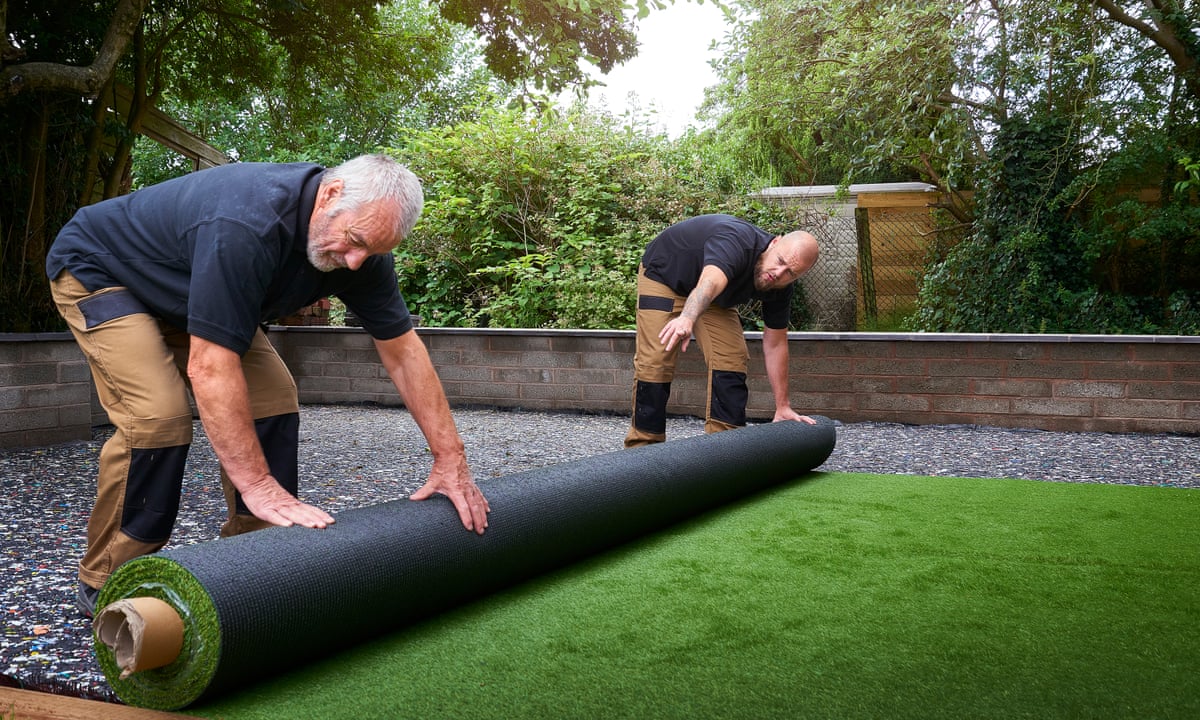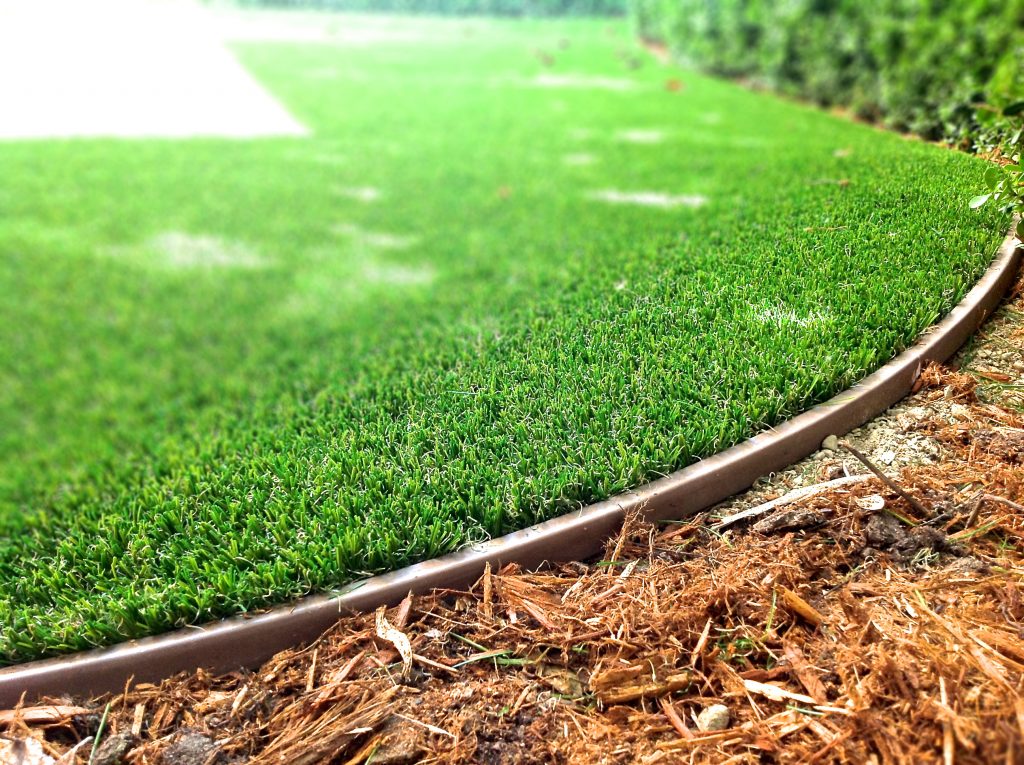Tailored Turf Installation Phoenix AZ for Residences, Businesses, and Play Areas
Tailored Turf Installation Phoenix AZ for Residences, Businesses, and Play Areas
Blog Article
Explore the Environmental Conveniences of Opting for Artificial Lawn Solutions
The fostering of fabricated grass options presents a compelling possibility to attend to pressing environmental obstacles. By significantly reducing water usage and reducing the application of harmful chemicals, these alternatives not just advertise sustainable landscaping however additionally protect local environments.
Water Preservation Benefits
One of the most significant advantages of artificial lawn is its ability to save water. In contrast, fabricated lawn does not require watering, significantly reducing the total demand for water sources.
By removing the demand for routine watering, artificial grass adds to sustainable landscape techniques and helps alleviate the ecological influence of too much water intake. The conservation of water expands to the decrease of drainage, which can lead to dirt disintegration and waterway air pollution.
Additionally, the setup of synthetic grass permits municipalities and house owners to allot water sources extra efficiently, concentrating on important uses such as drinking water and farming. The change in the direction of synthetic grass not just promotes accountable water usage however also lines up with wider environmental objectives focused on maintaining natural deposits.
As communities increasingly focus on sustainability, the water preservation advantages of synthetic turf provide an engaging case for its fostering in residential and commercial landscaping tasks.
Reduced Chemical Use
The shift to synthetic grass dramatically decreases the dependence on chemical treatments commonly made use of in all-natural lawn maintenance. Traditional grass administration typically entails the application of pesticides, fertilizers, and herbicides to advertise growth and control pests. These chemicals can present dangers to human health, regional wild animals, and the environment, adding to dirt and water contamination.
In contrast, man-made turf gets rid of the requirement for these harmful compounds. By decreasing the release of synthetic compounds into the community, fabricated grass advertises much healthier soil and water systems.
Furthermore, the lack of chemical runoff associated with synthetic grass installations assists secure regional rivers from pollution, supporting aquatic life and preserving biodiversity. Phoenix turf companies. As areas increasingly focus on sustainable practices, selecting artificial turf offers a practical remedy that straightens with ecological conservation goals. With this shift, homeowner can take pleasure in rich eco-friendly rooms without endangering eco-friendly health and wellness, leading the means for an extra sustainable future
Lower Carbon Impact

Furthermore, the setup of artificial lawn can lead to significant water conservation. Natural grass need substantial amounts of water for irrigation, which not only contributes to the carbon impact associated with water extraction and treatment but additionally strains neighborhood water sources. On the other hand, synthetic grass needs marginal maintenance, calling for no watering, therefore substantially lowering water usage and its linked power prices.
Additionally, the long life of artificial turf adds to its decreased carbon influence. With a life expectancy of as much as 15 years or even more, the requirement for constant replacements is decreased, resulting in less waste and lower power intake in production and getting rid of standard grass alternatives. In general, synthetic lawn offers a sustainable alternative for environmentally conscious landscaping.
Habitat Preservation
Habitat conservation is a vital consideration in the argument over landscaping selections, especially when comparing artificial turf to all-natural yard. All-natural lawn lawns typically need considerable upkeep, including making use of plant foods, herbicides, and chemicals, which can negatively impact neighborhood environments. These chemicals can seep right into the soil and rivers, harming indigenous vegetation and fauna and disrupting regional habitats.
Synthetic grass removes the demand for damaging chemicals, thereby safeguarding neighboring wild animals and maintaining the stability of surrounding communities. The installation of synthetic grass can lead to the conversion of former lawn locations right into more biodiverse landscapes, such as pollinator gardens or native plant areas, which can support regional wild animals.
Inevitably, the transition to synthetic grass not just preserves water and decreases maintenance initiatives however also promotes an extra unified partnership in between human tasks and the natural environment, promoting environment conservation in the procedure.
Long-Term Sustainability
Long-lasting sustainability is a critical aspect in reviewing the advantages of fabricated turf over traditional lawn yards. One of one of the most significant benefits of synthetic grass is its longevity; it can last approximately 15-20 years you can try here with minimal upkeep, whereas natural yard needs frequent reseeding and replacement. This durability lowers the demand for constant sources, such as water, fertilizers, and pesticides, which are necessary for maintaining a healthy turf lawn.
In addition, synthetic grass adds to a decrease in carbon emissions connected with grass treatment equipment. Standard grass typically need gas-powered lawn see this site mowers, trimmers, and blowers, all of which add to air contamination. Artificial turf companies phoenix. In comparison, synthetic lawn gets rid of the need for such devices, advertising a cleaner atmosphere
Moreover, the manufacturing of synthetic lawn significantly makes use of recycled materials, enhancing its sustainability profile. As suppliers embrace environment-friendly methods, the ecological footprint of synthetic grass remains to lessen.

Final Thought
The fostering of synthetic grass remedies presents substantial ecological advantages, including substantial water preservation, lowered dependence on unsafe chemicals, and a lower carbon footprint. Man-made lawn aids in preserving natural habitats by lessening land disturbance and promoting long-term sustainability with the usage of resilient products. Jointly, these variables emphasize the capacity of artificial turf to add favorably to ecological health and offer a feasible alternative to conventional landscape design techniques in a progressively resource-conscious globe.
In contrast, fabricated lawn does not require watering, substantially minimizing the total demand for water resources. By lessening the launch of synthetic compounds right into the ecological community, go to this site fabricated lawn promotes much healthier soil and water systems.
In addition, the installation of synthetic turf can result in significant water preservation. In contrast, artificial grass requires marginal maintenance, needing no watering, thus dramatically minimizing water use and its associated energy expenses.

Report this page